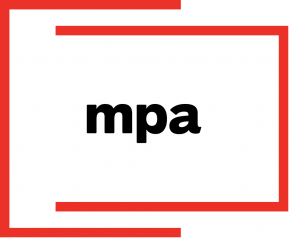 Call it 80 for 80.
Call it 80 for 80.
That’s the number of magazine ad campaigns in one recent measurement that delivered positive ROIs for the advertisers, according to research from the MPA.
That research was among the information presented by MPA’s Linda Thomas Brooks at the recent FIPP World Congress in London, notes Sadie Hale in FIPP.
According to Hale, “Linda made the strong case that no medium is more trustworthy (and trusted) than magazines when it comes to selling ads.
“She went on to emphasize that the language that has become commonplace when describing magazines is immensely unhelpful. Talk about their ‘vitality’, the phrase ‘print is not dead’, and turning the phrase legacy brand’ (which should be a positive) into a negative, are all problematic for the industry.”
The numbers, Brooks insists, show a picture of the magazine industry in which brands are realizing great returns from their magazine ads. She cited the study mentioned above as part of her case that magazine media not only raises awareness, it also raises purchase intent.
“Every other channel is trying to force its way into consumers’ lives; magazine media is invited in to people’s homes,” Brooks stressed. “It’s described as being more trusted, inspired and motivated than any other media channel.”
And as we know about modern consumers, they do not tolerate obtrusive ads well … and this leaves magazines as the ideal medium in which to advertise. Magazine ads are the least offensive and obtrusive, which puts the advertisers that run them in a better light.
For brands that do, the trust bump is real, as we’ve seen in study after study. And the advantages of print magazines are backed up not just by industry case studies like the one above, but by independent science.
“In addition to these studies,” Hale explains, “there’s also plenty of neuroscience research – over 100 studies – backing up the idea that people’s brains are wired to understand information better in print more so than any digital channel. Paper-based reading leads to slower reading speeds and higher concentration, and people tend to be more relaxed and absorb more information. This is all good news for advertisers hoping to tap that audience.”
For Brooks, the news is seen as quite welcome by the advertisers she’s spoken with lately.
“After all, what they’ve been doing hasn’t been working,” she added, citing a conference she recently attended where more than two-thirds of the 400 brands tracked there didn’t show year on year business growth, in spite of the fact that their digital advertising spend went up. Linda’s suggestion? “This is where magazine media comes in. It can really play a role in no- or low-growth situations.”
“Magazine editors know their readers better than most, and they know how to talk to consumers,” she said, and this is the way to tell a brand’s story and sell not just a product but a true relationship.
